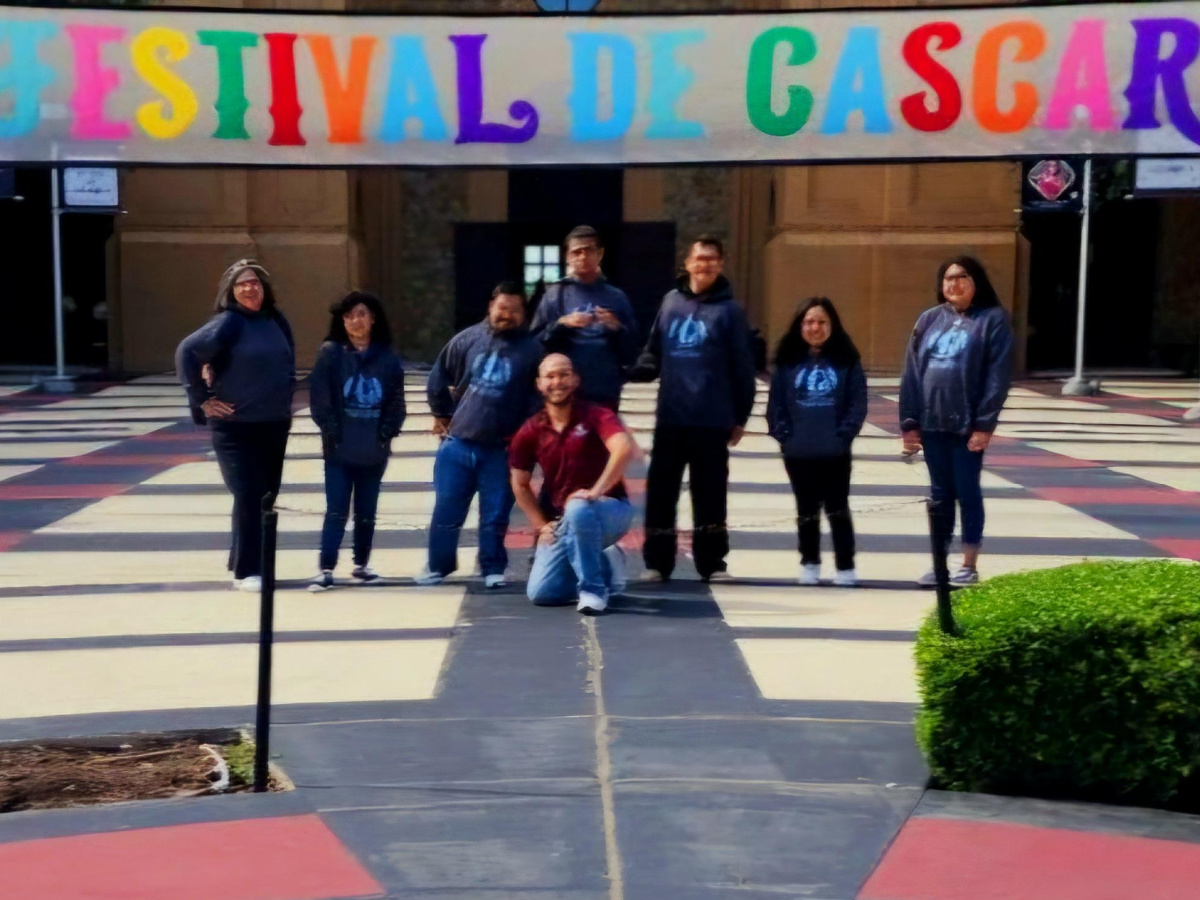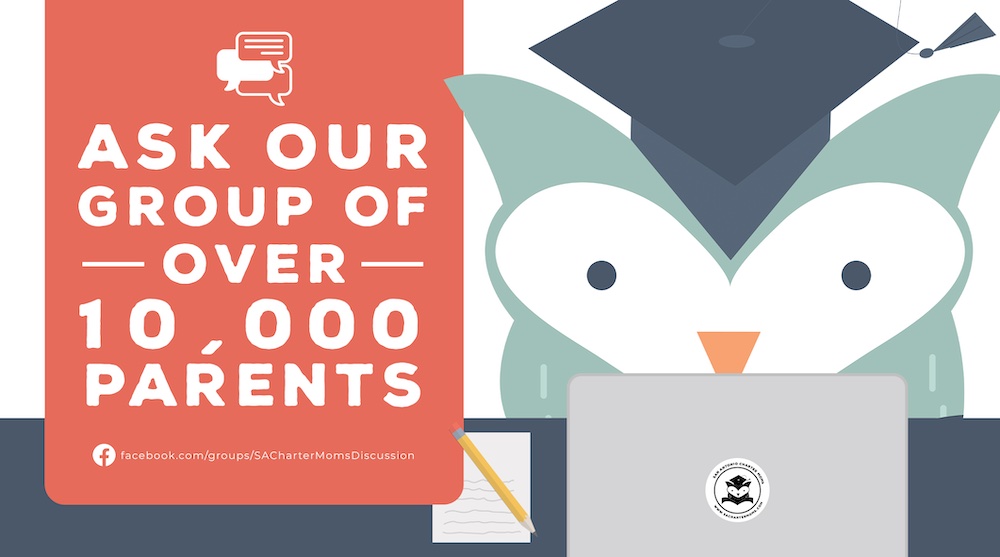High performing charter schools claim that they succeed because they have the flexibility to use innovative teaching methods. Critics of charter schools look for other explanations, such as higher spending per student.
Or “creaming,” the alleged practice of selecting students who are more likely to succeed. Consider self-selection: Are the students who apply to charter schools already more likely to succeed than their peers who did not apply? For example, do they have more parental involvement in their education? (See, for example, “What is the selection bias in Waiting for Superman?”, Graham Scharf, September 30, 2010.) Are they less likely to be English-language learners or to be in special education programs?
The solution for eliminating selection bias in a study is to conduct a randomized controlled trial (RCT).
How would you design an RCT for charter schools? You would take a group of students who applied to charter schools and compare the ones who got into the charter schools with the students who went to traditional public district schools. This process is random: charter schools with too many applicants choose their students by lottery, as seen in Waiting for “Superman”.
Happily, we have four RCTs on the effects of charter schools that allow us to know something about the effects of charter schools with high confidence. Here is what we know: students in urban areas do significantly better in school if they attend a charter school than if they attend a traditional public school.
Charter Benefits Are Proven by the Best Evidence, Jay P. Greene, May 7, 2012
Dr. Greene notes that it’s a big effect:
- A Boston study (2011) showed that charter schools “reduce the black-white reading gap in middle school by two-thirds.” (at p. 746)
- A New York study (2009) suggested that a child attending charter schools for grades K-8 would close “86 percent of the ‘Scarsdale-Harlem achievement gap’ in math and 66 percent of the achievement gap in English.” (at p. viii)
- A Chicago study (2005) found that kids in charter schools outperformed their peers by 5 to 6 percentage points, “just under half of the gap between the average disadvantaged, minority student in Chicago public schools and the average middle-income, nonminority student in a suburban district.” (pp. 57-58)
- A national study (2010) found improvements for charter school students from disadvantaged backgrounds but not for wealthy suburban students. (pp. xvii–xviii)
The Boston and New York studies included KIPP schools, part of the same charter system as KIPP: San Antonio.
Dr. Greene calls RCTs “the gold standard of research design.” Hopefully, as word spreads about these studies, they will dispel some of the myths about high-performing charter schools.










